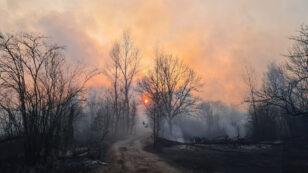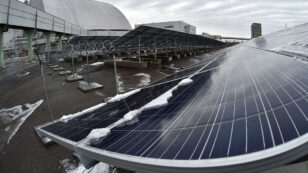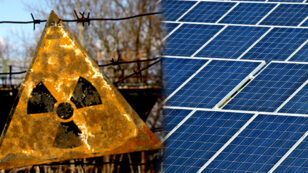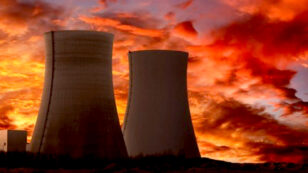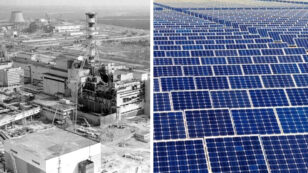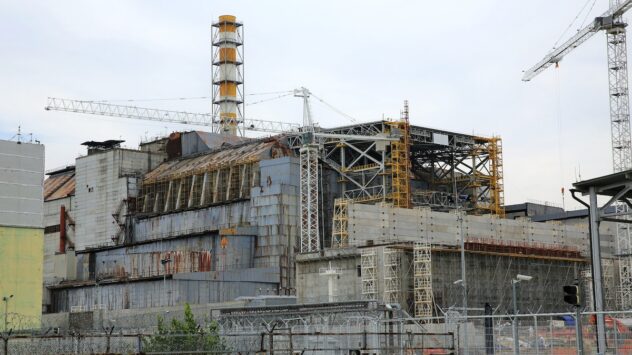
Chernobyl Radiation Levels Rise After Russian Invasion
Radiation at the Chernobyl nuclear plant spiked above control levels, Ukraine warned on Friday. The announcement came the day after Russian forces captured the infamous plant on Thursday during the country’s invasion of Ukraine, Reuters reported Thursday. “The control levels of gamma radiation dose rate in the Exclusion zone were exceeded,” the State Nuclear Regulatory […]

 233k
233k  41k
41k  Subscribe
Subscribe 
